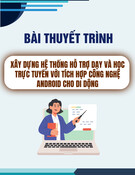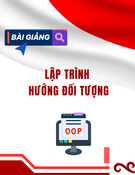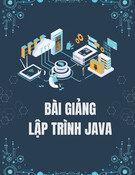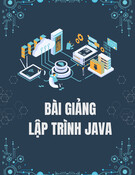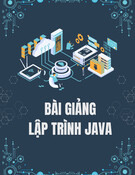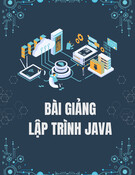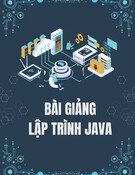
NHẬP MÔN ỨNG DỤNG DI ĐỘNG
GVGD: ThS. Huỳnh Tuấn Anh
BUỔI 3
PHÁT TRIỂN ỨNG DỤNG DI
ĐỘNG NATIVE ANDROID

1. Introduction
●Android OS
●Android and Ecosystem
2. Android Architecture
3. Android Application Development
4. Hello World
Outline
2

1.1 Android OS
3
History
●October 2003, Android, Inc. was founded in Palo Alto, California by Andy
Rubin, Rich Miner, Nick Sears, and Chris White.
●In July 2005, Google acquired Android Inc. for at least $50 million, whose key
employees, including Rubin, Miner and White.
●November 5, 2007, the Open Handset Alliance, a consortium of technology
companies including Google, device manufacturers. That day, Android was
unveiled as its first product.
●October 2008, The first commercially available smartphone running
Android 1.0 was the HTC Dream.
●In 2010, Google launched its Nexus series of devices –, and built by
manufacturing partners.

1.1 Android OS
4
History
●From 2010 to 2013, Android ecosystem of software and hardware,
including Honeycomb, Ice Cream Sandwich, Jelly Bean and KitKat
operating system launches, the Nexus 4 and Nexus 5 smartphones, the
Nexus 7 and Nexus 10 tablets, and other related products such as Google
Now and Google Voice Search, Google’s speech recognition product
comparable to Apple’s Siri.
●In 2014, Google launched Android One, a line of smartphones mainly
targeting customers in the developing world. Android Wear.
●In May 2015, Google announced Project Brillo as a cut-down version of
Android that uses its lower levels (excluding the user interface),
intended for the "Internet of Things" (IoT) embedded systems.
●In October 2016, Google introduced the Pixel and Pixel XL smartphones.

1.1 Android OS
5
History
●In 2017, Google announced thatGoogle Playwould begin to require apps to
target a recent Android version.Initially the minimum requirement was Android
8, released in the second half of 2017, for which support would be required for
new apps by August 2018, and for updates to existing apps by November
2018. This pattern has continued in subsequent years.






![Bài giảng Lập trình di động [Mới nhất]](https://cdn.tailieu.vn/images/document/thumbnail/2025/20250506/vinarutobi/135x160/2781746530006.jpg)



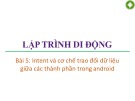
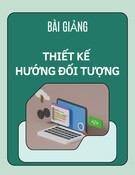
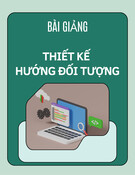
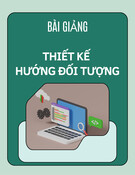
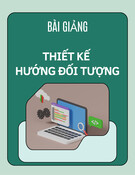

![Tài liệu ôn tập môn Lập trình web 1 [mới nhất/chuẩn nhất]](https://cdn.tailieu.vn/images/document/thumbnail/2025/20251208/hongqua8@gmail.com/135x160/8251765185573.jpg)

